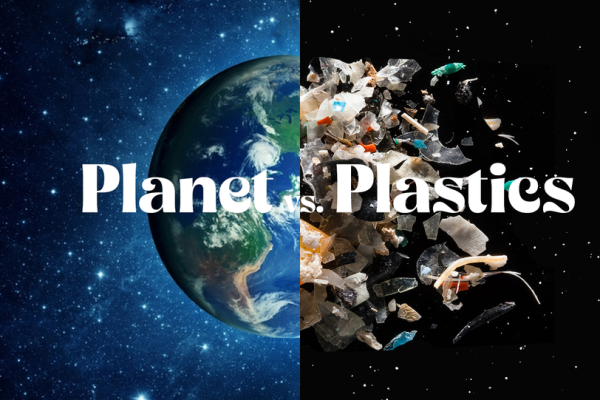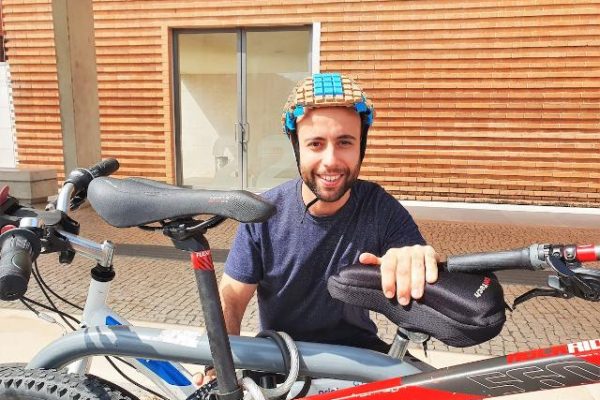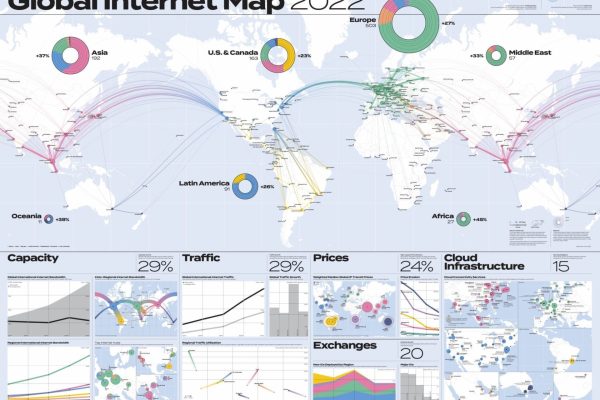Fabulous, l’aggettivo migliore per descrivere questa esperienza di tre anni con Maker Faire Rome. Avvicinare la tecnologia al grande pubblico attraverso i prototipi e la ricerca e i makers.














Fabulous, l’aggettivo migliore per descrivere questa esperienza di tre anni con Maker Faire Rome. Avvicinare la tecnologia al grande pubblico attraverso i prototipi e la ricerca e i makers.

Maker Faire Rome ha sempre la capacità di stupire: creatività, tecnologia, innovazione e il prezioso contatto con persone curiose e avide di conoscere e toccare con mano nuovi prodotti e soluzioni.

Occasione unica per far incontrare le migliori energie nelle tecnologie avanzate di questo Paese, ricerca, industria, giovani appassionati

Maker Faire Rome for me is innovative and creative. Congratulations!

Participating in Maker Faire Rome 2023 was a rewarding experience for Team HULKs. Collaborating with fellow robotics enthusiasts and showcasing our soccer-playing robots allowed us to exchange ideas and explore the latest advancements in the field. Maker Faire serves as a valuable platform for us to share our passion for robotics and engage with a diverse community of makers. We look forward to future Maker Faire events as opportunities to continue learning and innovating in the realm of humanoid robotics.

Quarta e consecutiva partecipazione, stimolante per gli studenti ed i docenti. Conferma della valenza delle scelte fatte dall’Istituto Pacinotti sulla via dell’innovazione e della sostenibilità, occasione per l’aggiornamento continuo della struttura innovativa della didattica.

Un viaggio stimolante nell’ecosistema della trasformazione digitale. Maker Faire Rome concentra in tre giorni una panoramica delle tendenze emergenti e delle dinamiche che stanno guidando l’innovazione e la trasformazione digitale del Paese. Osservare la risposta dei visitatori alle proposte degli espositori è un’iniezione di ottimismo.

Maker Faire Rome: a firing of minds and a launch of innovation.

Maker Faire Rome è un’esperienza straordinaria che arricchisce profondamente il significato della creatività e dell’innovazione. La visibilità ottenuta ha contribuito notevolmente a valorizzare i progetti degli studenti della nostra scuola, mettendo in luce il loro talento e impegno ed aggiungendo autenticità e riconoscimento al lavoro della scuola, evidenziando il nostro impegno nella formazione di menti creative e innovative.

Maker Faire è sempre una grande opportunità per un’azienda come Arrow Electronics. Offre la possibilità di conoscere una vasta rete di professionisti del settore e appassionati del mondo delle tecnologie elettroniche. E’ anche occasione di business perchè abbiamo la possibilità di aiutare start up innovative con tutti i nostri servizi di engineering, convertendo un’idea brillante in un prodotto finito pronto per essere immerso sul mercato.

L’innovazione è protagonista indiscussa di Maker Faire Rome e per questo è il nostro perfetto elemento. Il successo straordinario della nostra partecipazione è il frutto del suo essere un’esperienza ad ampio raggio, fatta di conoscenza e scoperta per il pubblico ma anche per gli espositori, che aiuta a focalizzare al meglio verso il proprio mercato di riferimento.

Maker Faire Rome has always been one of my favorite shows. It brings makers, hobbyists and enthusiasts of all ages and genres together in one place. The ability to show the newest technology and the coolest STEM products is something that can’t be done to this caliber anywhere else. We at DigiKey are lucky to be a part of this great maker event.

L’innovazione non è solo una questione tecnologica ma un cambiamento sociale e culturale. Maker Faire Rome rende l’innovazione accessibile e fruibile a tutti. Per questo Joule, la scuola di Eni per l’impresa crede fortemente nell’evento e partecipa ogni anno anche al suo hackathon, proponendo sfide diverse finalizzate a stimolare soluzioni insolite e innovative. Quello che auspichiamo con la nostra presenza è di alimentare un virtuoso scambio di idee, producendo un positivo effetto di “osmosi” in termini di sviluppo tecnologico e di mindset imprenditoriale.

What we already thought would be a fun trip turned out to be so much more: the love and enthusiasm of the exhibitors, attendees and Maker Faire Rome’s team for innovation, education, and general celebration of the maker movement was awe-inspiring. There is so much to see that a single year in attendance is not enough, so if you ever get the opportunity, head to this show, soak in the sea of inventions, and make some great friends along the way.

Da oltre 10 anni il futuro si costruisce qui! Evento unico nel suo genere, a livello internazionale. Da MFR si torna sempre a casa con qualcosa in più!

Make to Care è nato nel 2016 proprio dalla collaborazione con Maker Faire Rome che da subito ha accolto con entusiasmo la nostra volontà di raccogliere idee che potessero migliorare il quotidiano di chi con coraggio affronta una qualche forma di disabilità. Idee che nascono fuori dai contesti classici dell’innovazione. Negli anni, insieme, abbiamo raccolto centinaia di progetti e prototipi, abbiamo dato voce a spunti davvero rivoluzionari, intercettando, mappando e alimentando l’ecosistema della Patient-driven-Innovation.

For me, Maker Faire Rome means a magical adventure that made me realize the true meaning of creativity and innovation. And, it helped me to gain a new perspective on my projects and creative journey, which pushed me in more innovative and bold directions.

Maker Faire Rome is the most exciting and the biggest fair in the World.

Maker Faire Rome è la mia vetrina di innovazione e passione, un luogo dove il mio progetto “ANGELO” ha preso forma grazie alla condivisione di idee, feedback e connessioni con altri maker, permettendomi di portarlo avanti con successo.

Il potere del Maker Faire Rome. Anche per noi docenti Maker Faire è un momento di incontro, confronto e formazione. L’interazione con le realtà scolastiche di tutta Europa ci consente di avere un feedback costruttivo sulle nostre attività.

Come rappresentante Automotive per ST ho avuto l’occasione di presentare dei casi reali nell’ambito automobilistico, dove siamo presenti con i nostri prodotti: ho conosciuto i maker e gli appassionati di tecnologia che li usano, ma soprattutto ho avuto modo di consolidare e tessere nuovi rapporti e collaborazioni con le diverse Squadre Corse universitarie presenti, ed ingaggiare nuovi partner interessati al loro utilizzo. Un’esperienza di grande valore da ripetere.

A very strong event of the year for every maker. A place that inspires and teaches me something new and gives me the opportunity to share my knowledge and experience with a huge number of people in one space. MFR helps develop my project through meeting new clients and makers.

Maker Faire Rome è stata l’inizio di tutto per TERRAVIONICS: è lì che ci siamo conosciuti tra co-founders ed è sempre lì che, in occasione dell’11° edizione del 2023, abbiamo volutamente ricercato e trovato altri membri che si sono aggiunti al nostro team. È uno dei pochi “luoghi” realmente “ideali” per confrontarsi, migliorarsi e… innescare le idee!

Esperienza imperdibile per espositori e visitatori! Maker Faire Rome è un’esperienza da vivere come un viaggio nel mondo delle nuove idee e delle nuove tecnologie; dove grandi progetti di aziende, scuole e ricercatori permettono di immaginare quello che sarà il nostro futuro.